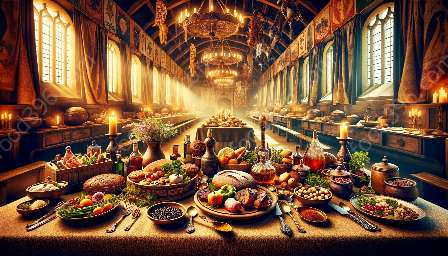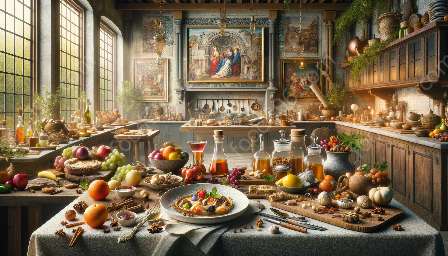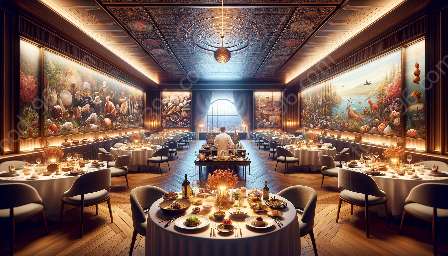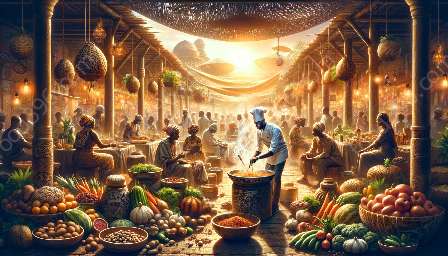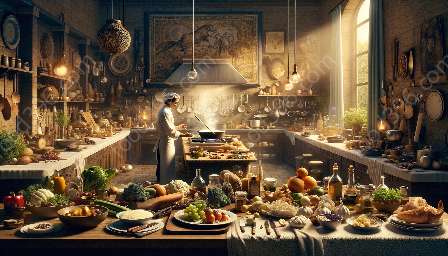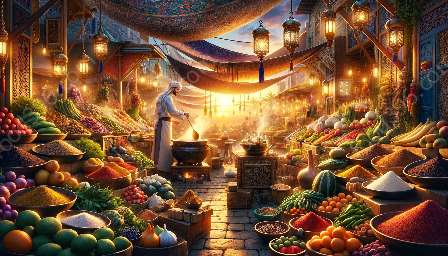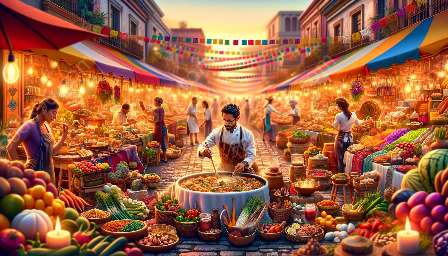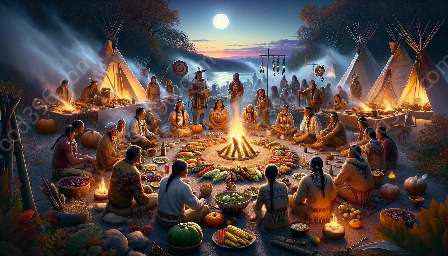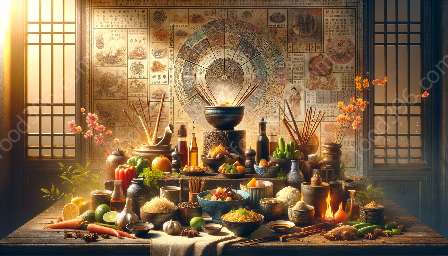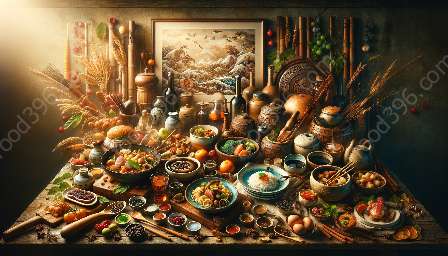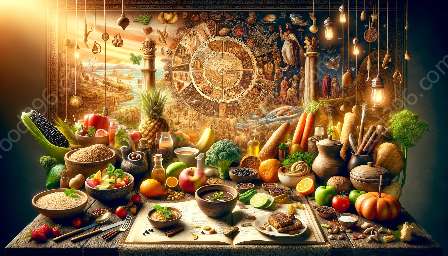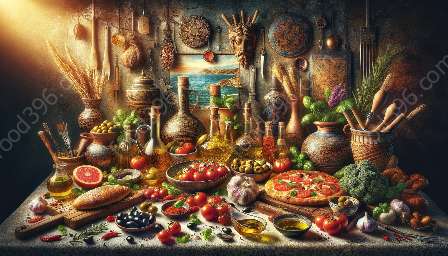European cuisine has a rich and diverse history that reflects the traditions, culture, and influences spanning centuries. From the Mediterranean flavors to the hearty dishes of Northern Europe, the continent's culinary heritage is a tapestry of flavors and techniques that have evolved over time.
In this exploration of European cuisine history, we will delve into the ancient culinary traditions, the impact of historical events, and the fusion of cultures that have shaped the food and drink of Europe.
Ancient Influences
The roots of European cuisine can be traced back to ancient civilizations such as the Greeks and Romans. These early cultures laid the foundation for many culinary practices that are still prevalent in modern European cooking.
The Greeks introduced olive oil, wine, and an array of herbs and spices that became fundamental ingredients in Mediterranean cuisine. The Romans, known for their elaborate feasts and use of diverse ingredients, contributed to the development of complex flavors and cooking techniques.
As the Roman Empire expanded, it brought new foods and culinary practices from different parts of Europe and beyond. This exchange of goods and knowledge resulted in a melding of culinary traditions, creating a diverse culinary landscape that continues to influence European cuisine to this day.
Medieval Gastronomy
The Middle Ages in Europe saw a significant evolution in culinary history. Feudalism and the rise of trade routes brought new ingredients such as spices, sugar, and exotic fruits from distant lands, transforming the European palate.
Noble courts set the standard for elaborate banquets and sophisticated dining, with a focus on lavish displays of wealth through sumptuous feasts. Spices and exotic ingredients symbolized prestige, and the fusion of flavors from the East and the West began to shape the culinary landscape of Europe.
Monastic orders also played a crucial role in the development of European cuisine during this period. Monasteries were centers of learning and innovation, where monks cultivated gardens, preserved ancient recipes, and experimented with new culinary techniques. Their contributions to food and drink production, as well as the preservation of culinary knowledge, laid the groundwork for the future of European gastronomy.
The Age of Exploration and Global Influences
The age of exploration in the 15th and 16th centuries ushered in an era of global culinary exchange. European explorers discovered new spices, foods, and cooking methods from distant lands, transforming the continent's cuisine.
The Columbian Exchange brought potatoes, tomatoes, and chocolate from the Americas to Europe, revolutionizing the European diet. The influx of new ingredients led to the development of novel dishes and techniques, creating a fusion of flavors that reshaped European gastronomy.
Moreover, trade routes with Asia and Africa introduced exotic spices, tea, coffee, and other goods, enriching the culinary landscape of Europe. The culinary influences from different parts of the world led to the emergence of new regional cuisines, such as the fusion of Indian spices in British cuisine and the integration of North African flavors in Spanish cooking.
Modernization and Culinary Revolution
The industrial revolution, advances in technology, and the rise of colonial empires further transformed European cuisine. Innovations in food production, preservation, transportation, and cooking techniques revolutionized the way Europeans ate and prepared their meals.
The emergence of cookbooks, culinary academies, and professional kitchens in the 19th century marked a significant shift in culinary practices, standardizing recipes, and techniques across Europe. This period also saw the rise of renowned chefs and the evolution of fine dining, shaping the modern culinary landscape of the continent.
The 20th century brought unparalleled changes to European cuisine, influenced by globalization, World Wars, and cultural exchanges. The fusion of culinary traditions from different European regions and the integration of immigrant cuisines transformed the way Europeans approached food and drink.
The Contemporary European Culinary Scene
Today, European cuisine is a vibrant tapestry of flavors, techniques, and influences that continue to evolve. From the enduring traditions of French haute cuisine to the renaissance of Nordic cooking, the continent's culinary identity is continually shaped by innovation and creativity.
The farm-to-table movement, sustainable practices, and a renewed interest in local, seasonal ingredients have revitalized European cuisine, emphasizing the connection between food, culture, and sustainability. Moreover, the recognition of traditional European foods and wines as part of UNESCO's Intangible Cultural Heritage list reflects the enduring significance of the continent's gastronomic legacy.
Exploring the history of European cuisine offers insights into the diverse culinary tapestry of the continent, revealing the fusion of ancient traditions, global influences, and modern innovations that have shaped the way Europeans eat and celebrate food and drink.
